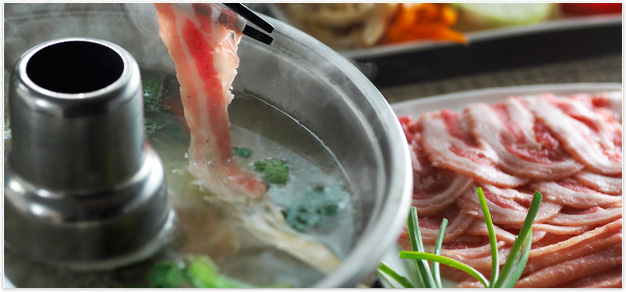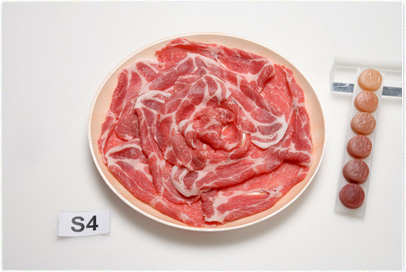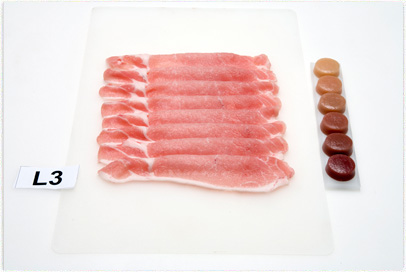


Shabu Shabu
Shabu Shabu is a popular Japanese version of an Asian style hot pot dish featuring thinly sliced meats boiled in water with vegetables and noodles. Shabu Shabu literally means swish-swish, which is about the time it takes to cook the meat slices to perfection.
It’s been said the dish dates back to the 13th century, to the time of Genghis Khan. Looking for a solution to feed his soldiers efficiently, he developed the Shabu Shabu or hot pot style of cooking. Hungry Mongol soldiers would gather around a large pot and cook their thinly sliced meat by dipping it in the boiling hot water. Not only did the hot pot feed the troops nutritiously and efficiently, it also helped conserve the army's limited fuel resources. Thinly sliced meat was used because of its short cooking time and its ability to retain nutrients.
The delicacy spread to the south during the Tang dynasty (A.D. 618 - 906) and soon the popularity of hot pot spread all over Asia. As a result, many Asian ethnic groups have their own version of Shabu Shabu or Hot Pot.
I was first introduced to Shabu Shabu in 1997. I was working for a company who partnered with a foodservice distributor in Japan to produce and package the product at our plant in Southern Alberta and so I was sent to Japan for a crash course on both fabrication and packaging Japanese style. During my orientation, I asked the production foreman the slicing specifications - he promptly replied 3 to 4 mm thick. I then asked him what the margin of tolerance would be and he promptly replied 3 to 4 mm, “less is too thin and more is too thick.” To this day, I’m still impressed with the precision and detail our Japanese customers take in the cutting and display of meat products in the showcase.

Slicing any fresh meat product 3 to 4 mm consistently is a challenge and specialized slicing equipment is definitely required. I also learned firsthand why meat texture, firmness and water holding capacity attributes are so important to our Japanese customers and why they liked the quality of the products we provided them.

In Japan, shabu shabu is commonly produced from Centre Cut Backs (Rosu), Single Rib Bellies (Bara), Collar Butts (Katarosu) or Trimmed Jowl Steak (P-Toro) and available in most retail outlets. Many restaurants chains also specialize in this product, either from pork or beef or both. Available throughout the year, shabu shabu is more popular in the fall and winter months when the temperatures are cooler.
Shabu shabu style products would be an interesting addition to the Canadian retail meat case for the same reasons the products worked for Genghis Khan in the 13th century. The products cook very fast, are very tender and flavourful and require very little preparation or specialized cooking methods. You simply “swish swish” the meat slices in simmering water or broth and enjoy with your favorite Asian style condiment.
The best way to slice shabu shabu from any of the cuts mentioned is to first temper the meat in a freezer until the meat is firm enough to slice 3 to 4 mm thick on a commercial slicer. I have also seen shabu shabu sliced to a thickness of 4 to 7 mm.
Examples of shabu shabu style products are featured in the Canadian Pork Buyers Guide and Retail/Foodservice End-User Guide brochure available from CPI.
Back to main page ›
|
You’re receiving this newsletter because you’ve subscribed to the CPI in Action. Not interested anymore? If you have any comments regarding this newsletter please do not hesitate to contact our editor at editor@newsletter.ca |
Canada Pork International 220 Laurier Avenue West, Suite 900 Ottawa, Ontario, Canada K1P 5Z9 www.canadapork.com T +613 236 9886 F +613 236 6658 E cpi@canadapork.com |